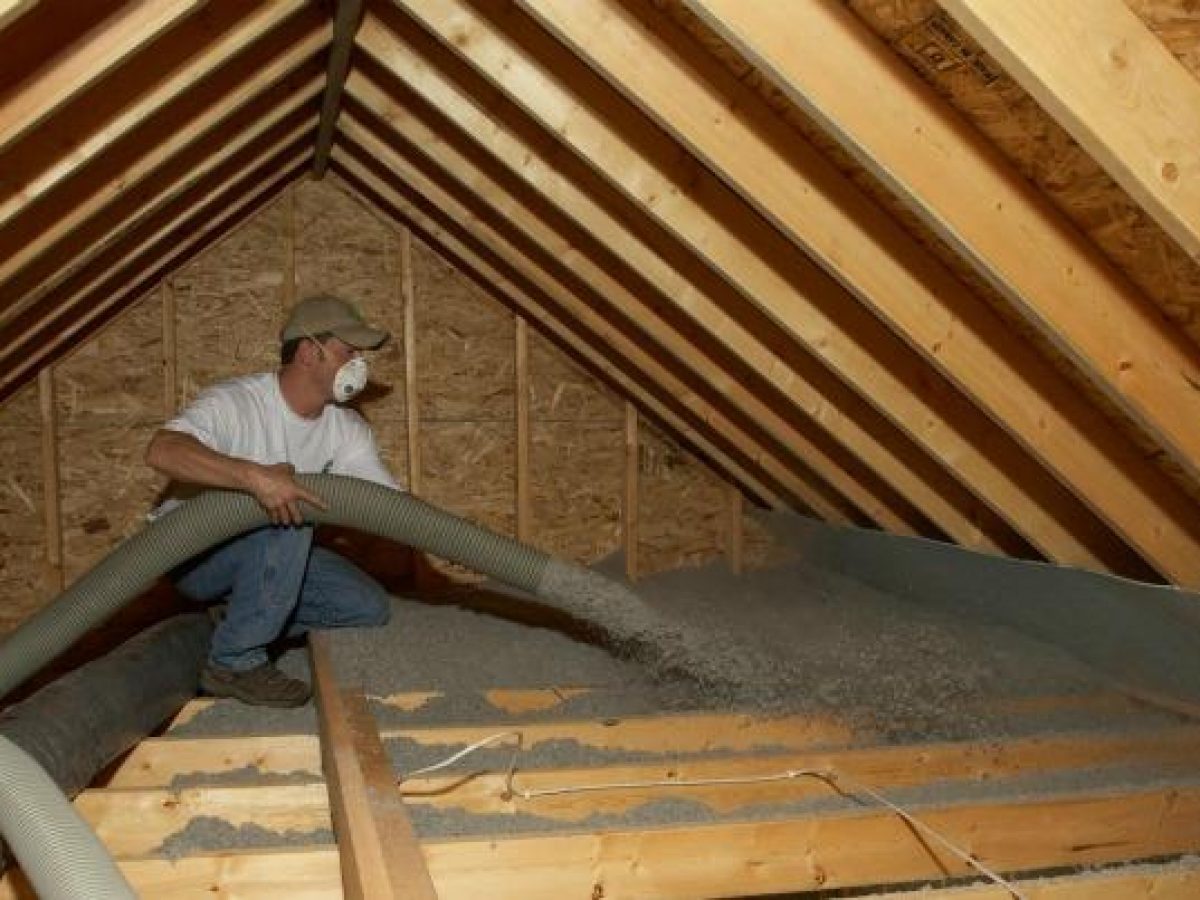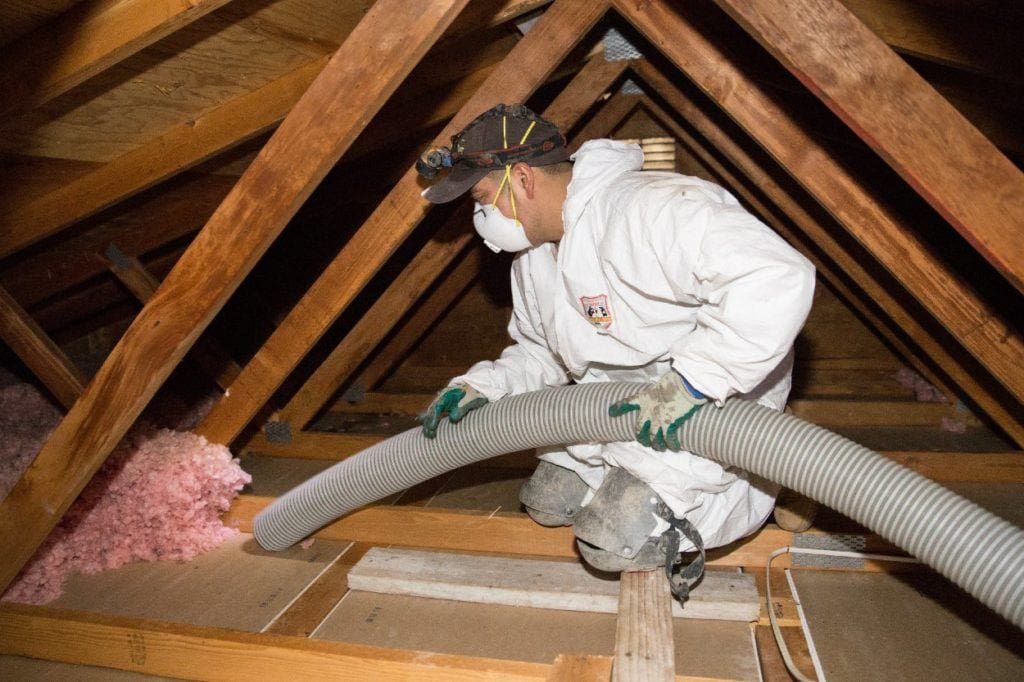Attic Insulation DFW: Boost Your Home's Worth and Effectiveness
Attic Insulation DFW: Boost Your Home's Worth and Effectiveness
Blog Article
Discover the Different Sorts Of Attic Insulation and Their One-of-a-kind Advantages for Your Home's Power Effectiveness

Fiberglass Insulation
Fiberglass insulation is just one of one of the most typically made use of materials for attic room insulation as a result of its exceptional thermal efficiency and cost-effectiveness. Made up of small glass fibers, this material properly traps air, developing an insulating barrier that helps maintain constant interior temperature levels. Its high R-value per inch makes it especially efficient at withstanding warmth transfer, which is important for power preservation in homes.
Installation of fiberglass insulation is relatively straightforward, frequently readily available in batts or loose-fill forms, accommodating numerous attic configurations. Additionally, it is resistant and non-combustible to moisture, lowering the danger of mold growth. This resilience adds to its long life, making fiberglass a viable long-term financial investment for house owners.
Moreover, fiberglass insulation is usually made from recycled materials, which improves its eco-friendliness. The material can additionally contribute to soundproofing, lessening sound transfer in between rooms. While it is necessary to put on protective gear during installation to avoid irritability from the fibers, the general benefits of fiberglass insulation, including energy savings and ecological considerations, make it a popular selection for enhancing attic performance and advertising a comfortable living environment.
Spray Foam Insulation
Spray foam insulation is an extremely efficient alternative for attic insulation, known for its exceptional air sealing and thermal performance. This innovative insulation product is made up of a mixture of isocyanate and polyol material, which, when integrated, broadens swiftly to fill up voids and dental caries in the attic space. Its capacity to stick to numerous surface areas ensures a continuous obstacle versus air leakages, considerably decreasing heat loss during colder months and heat gain during warmer periods.
Among the essential advantages of spray foam insulation is its high R-value per inch, which means it offers exceptional thermal resistance in a reasonably slim application. This is especially helpful in attic rooms where room is usually restricted. Furthermore, spray foam can help reduce dampness build-up, minimizing the risk of mold and mildew and mold development, which can be damaging to both the framework and interior air high quality.
While the preliminary cost of spray foam insulation might be greater than traditional choices, its lasting power cost savings, combined with boosted comfort and improved home worth, make it a beneficial financial investment for property owners looking for enhanced energy performance. Attic Insulation DFW. On the whole, spray foam insulation stands out as an effective option for maximizing attic room insulation
Cellulose Insulation

Cellulose insulation is a preferred option for attic room insulation, largely made up of recycled paper items treated with fire retardants. This eco-friendly option is recognized for its superb thermal performance, successfully minimizing warm transfer in both summertime and winter season months. The dense make-up of cellulose enables it to load voids and spaces in attic room spaces, supplying a seamless obstacle against air leaks.
One of the substantial benefits of cellulose insulation is its capability to withstand mold and mildew and parasites, owing to the fire retardant therapies used throughout manufacturing. In addition, it flaunts a high R-value per inch, which equates right into exceptional power performance. House owners can expect reduced heating and air conditioning expenses as an outcome of improved insulation.
Setup is usually accomplished through blowing loose cellulose right into the preferred area, permitting for a quick and effective process. This technique likewise lessens disturbance to the existing framework. Moreover, cellulose insulation has a relatively reduced environmental impact, as its manufacturing process utilizes recycled products, adding to sustainable building practices.
Rock Woollen Insulation
Amongst the numerous alternatives for attic room insulation, rock woollen, also understood as mineral wool, stands out because of its outstanding thermal and acoustic performance. Made from recycled or all-natural products, rock woollen is produced by melting rock and spinning it right into fibers, leading to a product that uses outstanding insulation buildings.
Among the substantial advantages of rock wool insulation is its high R-value, which shows its efficiency in standing up to heat circulation. This characteristic not only boosts power effectiveness but also contributes to keeping a comfy interior temperature year-round. Furthermore, rock wool is inherently fire-resistant, making it a safer option for homes as it can withstand heats without melting or launching hazardous fumes.
Moreover, rock woollen insulation stands out in soundproofing capacities, successfully lowering noise transmission in between spaces and from outdoors resources. This makes it a suitable choice for homeowners looking for a serene living atmosphere. visit this web-site Additionally, rock woollen is moisture-resistant, assisting to protect against mold development and preserving the structural stability of the attic space. Generally, rock wool insulation provides a comprehensive service for improving power efficiency, safety and security, and convenience in residential settings.
Radiant Barrier Insulation
Glowing barrier insulation works as an efficient service for minimizing warm transfer in attic rooms, especially in warmer climates. This type of insulation jobs by reflecting radiant warmth away from living spaces, therefore minimizing the amount of heat that goes into a home throughout hot weather condition - Attic Insulation DFW. Commonly made up of a very reflective product, such as light weight aluminum foil, radiant barriers are set up in attic rooms, encountering the roof covering, where they can obstruct incoming warmth from the sun
The primary advantage of glowing barrier insulation is its capability to reduced cooling expenses. By showing heat instead of absorbing it, glowing obstacles can aid preserve a more stable indoor temperature level, reducing the work on air conditioning systems. This efficiency equates right into reduced energy costs and raised convenience for house owners.
In addition to power financial savings, radiant obstacles can additionally add to boosted indoor air high quality. By minimizing heat build-up, they assist minimize humidity levels, which can protect against mold growth and boost general air flow. When set up correctly, glowing barrier insulation can be a vital addition to any energy-efficient home, making it a worthy consideration for homeowners aiming to boost their attic insulation strategy.
Verdict
In conclusion, understanding the various sorts of attic room insulation-- fiberglass, spray foam, cellulose, rock wool, and advice glowing barriers-- allows home owners to make informed decisions regarding power efficiency. Each insulation type provides special benefits, such as premium thermal resistance, moisture monitoring, and sound depletion. By choosing the suitable insulation product, substantial decreases in energy expenses can be attained, in addition to improvements in indoor comfort. Eventually, the appropriate option adds to an extra lasting living atmosphere and promotes total power preservation.

In final thought, understanding the numerous types of attic insulation-- fiberglass, spray foam, cellulose, rock wool, and glowing obstacles-- allows house owners to make enlightened choices important link relating to energy efficiency.
Report this page